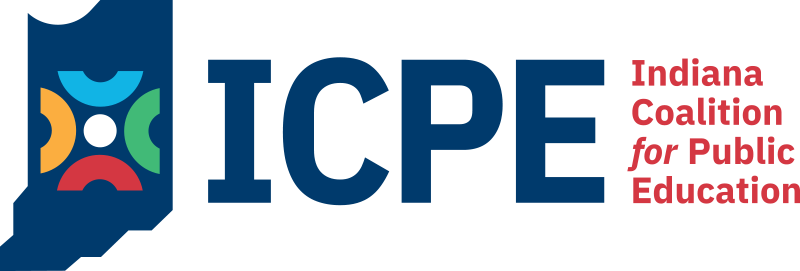DeVos’ CARES Guidance Deprives Indiana’s Neediest Students

Betsy DeVos’ guidance would deprive Indiana’s most needy public school students of $10.5 million in CARES Act funding.
Let me explain a complex situation simply as I can.
Most reasonable human beings understand the importance of Title 1 money. These are federal funds, distributed to public school districts throughout the U.S. so the districts can provide special services to children who are at risk of not achieving state academic standards. The amount of Title 1 money given to school districts is based on the number of children living in poverty. So if a district decides they need extra tutors or special programs to bridge the economic divide for these kids, the Title 1 money can be used for that. Good idea, right?
You may not know that public school districts must share those dollars with students from participating private schools within their district, a share known as “equitable distribution.” For decades, the Title 1 money set aside to serve private school students has been based on how many children living in poverty they serve. That seems reasonable, too, right? Children living in poverty need extra supports, even if they attend a private school.
The formula for allocating Title 1 money based on the number of children living in poverty is based on Section 1117 of the Elementary and Secondary Education Act (ESEA), as interpreted by US Department of Education as recently as October 2019 — during the current administration.
Now let’s fast-forward to the current issue.
Indiana will receive several different allocations of money through the CARES Act, the $2 trillion US Coronavirus Aid, Relief and Economic Security Act designed to help states recover from effects of the COVID19 pandemic. Another good idea.
For one of those CARES Act distributions (the Elementary and Secondary School Emergency Relief Fund or ESSER), the US Department of Education under Betsy DeVos has issued guidance that districts must set aside a portion of the CARES Act relief money for private school students by calculating the share of all students in the area who attend private school, not the share of low-income students attending private schools.
Was the new guidance stupidity by someone at the US Department of Education not being aware of the previous distribution formula? Or is it a deliberate act to shovel more money to private school students? I’ll let you decide.
According to Chalkbeat, Noelle Ellerson Ng, the associate executive director of the national school superintendents association, describes the guidance as “in conflict with the clear intent of the CARES Act and the historical application of equitable services.”
On May 6, the American Federation of Teachers (AFT) and the American Association of School Administrators challenged the US Department of Education guidance and encouraged school districts to ignore it.
To give you a sense of the difference in the two formulas, consider that “Private School A” in Indiana serves 89 students considered to be economically disadvantaged, but has a total enrollment of 704 students. You can see how the difference between using the number of economically disadvantaged students (89) or the total enrollment (704) multiplies when you total all Indiana private schools.
The money allocated for students in non-public schools will be three times as much as it would have been under the normal distribution formula.
What does this do to Indiana’s public schools?
• Indiana’s public school students will lose $10.5 million.
• Indiana’s larger public school districts will suffer larger losses because these districts contain a high number of non-public schools.
Don’t forget that non-public schools are eligible for the Payroll Protection Program, and public schools are not. Giving non-public schools a larger share of CARES Act funding at the expense of public schools creates one more advantage for non-public schools.
According to Chalkbeat: “It’s important to note that the department’s guidance is just that — guidance. Districts could choose not to comply with it, but doing so amounts to a legal gamble.”
So what can YOU do about it?
We encourage you to contact your own U.S. representative and Senators Mike Braun and Todd Young. Ask them to support the normal distribution method for allocating CARES Act funds among public and private schools, not Betsy DeVos’ formula.
We’re even providing a CARES Act sample letter you can personalize.
Public school teachers and administrators have been “rock stars” during the pandemic – serving meals, revising curriculum and keeping the learning going. Let’s not use a pandemic to push a privatization agenda.
